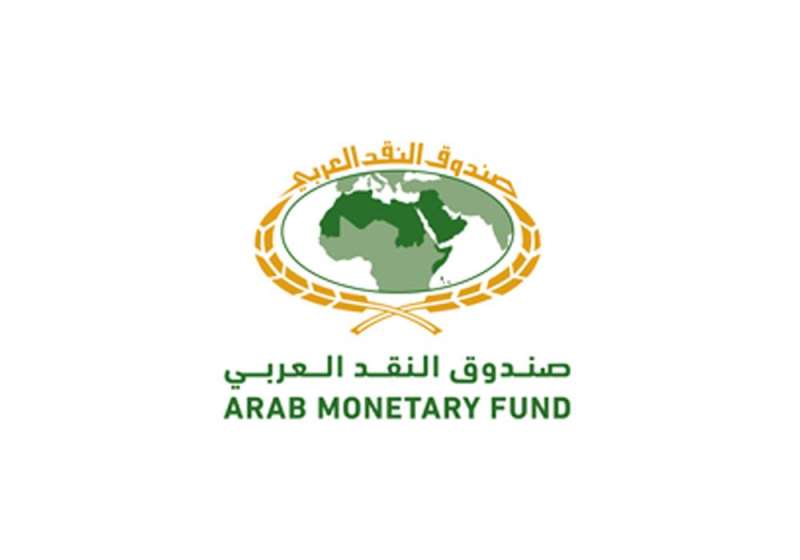The Arab Monetary Fund has recently published the 19th edition of the Arab Economic Outlook Report for the year 2023. This report, as reported by Al-Rai Daily, examines the current economic conditions and future prospects of Arab countries.
The primary objective of the report is to provide valuable insights into economic growth and price development trends in the Arab region. According to the report, the Gulf countries are expected to experience a slowdown in economic growth in 2023, stabilizing at 2.3 percent, compared to the significant growth rate of 7.6 percent in 2022.
However, the report also predicts an improvement in the economic growth rate for the Gulf countries in 2024, reaching around 3.2 percent. This positive trend is attributed to several factors, including an expected increase in oil production compared to 2023, a decline in monetary policy tightening, the activation of major investment projects, and an increase in non-energy exports.
Furthermore, the report highlights the impact of changes in food and beverage prices on inflation in various Arab countries. For instance, Kuwait experienced an inflation rate of 32 percent in 2022, while Saudi Arabia recorded 28 percent. The weight of the food and beverage item in calculating inflation is significant in countries like Egypt, Iraq, and Tunisia, while in Kuwait and Saudi Arabia, it comes in second place.
Housing and utility costs, including water, electricity, and gas, have also contributed to inflation in several countries such as Jordan, Iraq, Saudi Arabia, Kuwait, and Tunisia. The rise in energy costs has particularly affected the cost of renting housing due to changes in real estate prices.
Transportation services have also played a role in inflation rates in countries like Jordan, Saudi Arabia, Tunisia, Kuwait, Iraq, and Egypt. The report forecasts an inflation rate of 3.2 percent in Kuwait for this year, making it the second-highest expected inflation rate in the Gulf, following Qatar with 3.3 percent. However, the rate is expected to decrease to 2.7 percent next year.
In terms of global oil supplies, the report predicts a rise in global production of liquid fuels in the coming years. It estimates an increase of 1.2 million barrels per day in 2023 and 1.7 million barrels per day in 2024, despite the voluntary production cuts by the OPEC Plus bloc. This increase in oil production is primarily driven by countries outside of OPEC, such as the United States, Brazil, and Canada.
On the other hand, the report mentions that Russia’s oil production is expected to decrease by 0.3 million barrels per day in 2023 and remain stable in 2024. Additionally, OPEC’s crude oil production is projected to decrease by 0.8 million barrels per day in 2023 but increase by approximately 0.4 million barrels per day in 2024. The impact of raising interest rates in the Gulf countries is said to depend on oil prices and the strength of domestic demand.
Currently, the report suggests that the impact of raising interest rates in the Gulf Cooperation Council (GCC) countries is limited until the third quarter of 2023, as it has a minimal effect on the growth of the non-oil sector. Overall, the Arab Monetary Fund’s report provides valuable insights into the economic outlook for Arab countries and highlights key factors influencing economic growth and inflation rates in the region.
Source: TimesKuwait







